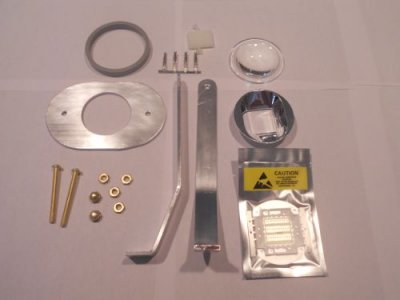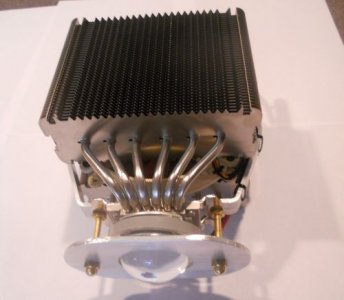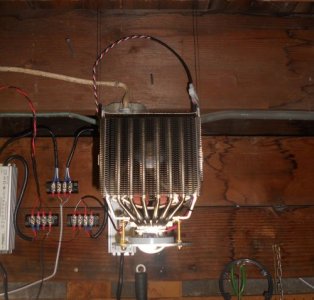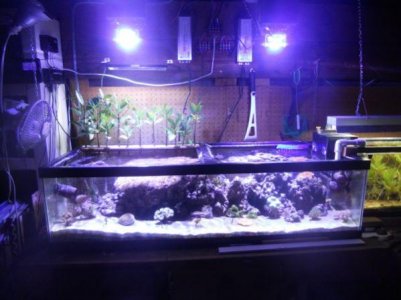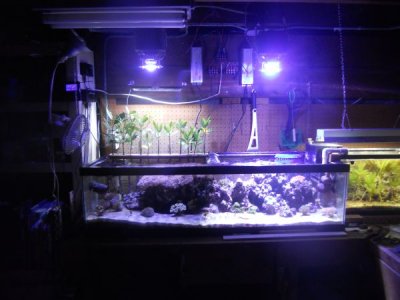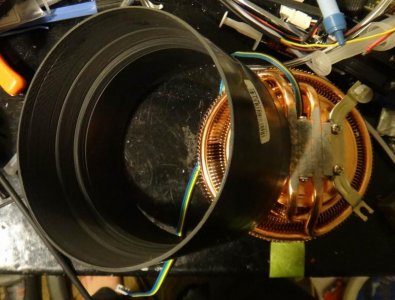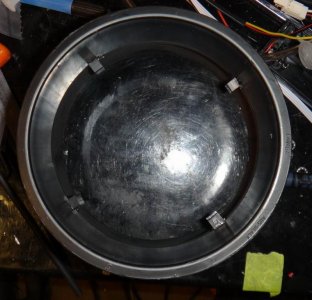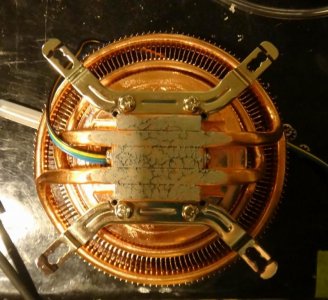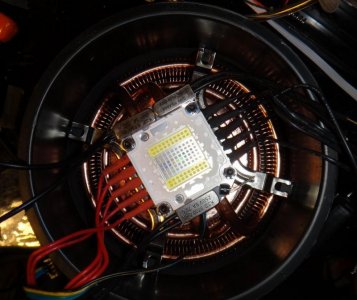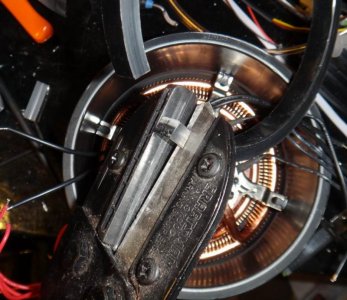TropTrea
New member
They don't blend very well in my opinion, but many people are happy with alternating fixtures (blu/wht/blu/wht). The directional nature of LEDs also creates blue & white zones in your tank so unless you are rotating the fixtures on a mover, the corals will be adversely affected.
Hybrid (mixed) chips are the way to go and cost should be about the same.
In my opinion the more LED's you have the less zoning you have. However other things like raising the fixture will help redice the zoning. When you add lenses you can also end up increasing the posibility of the zoning effect which is why I ended up removing the lenses from my fixtures. Now keep in mind some individuals do like some this zoning.
Keep in mind that closer together two different colored chips are the less the chances of getting a visiable color zone effect. So a multichip with different colors right into the same chip will not zone so much as it would with using several different chips spaced apart.
I tried going with 20 watt Chips on a 40 gallon tank and did not like the zoning effect as there was a space between the colors resulting in color shadows. But with 3 Watt LED's the shadows were repeatedly overlapped to the point they became unnoticable.
I think you would see this problem even when you simply run some stunner LED's like adding 3 or 4 RED 3 Watt LED's to a big build they become hard to create an even light distribution from just those few chips.

